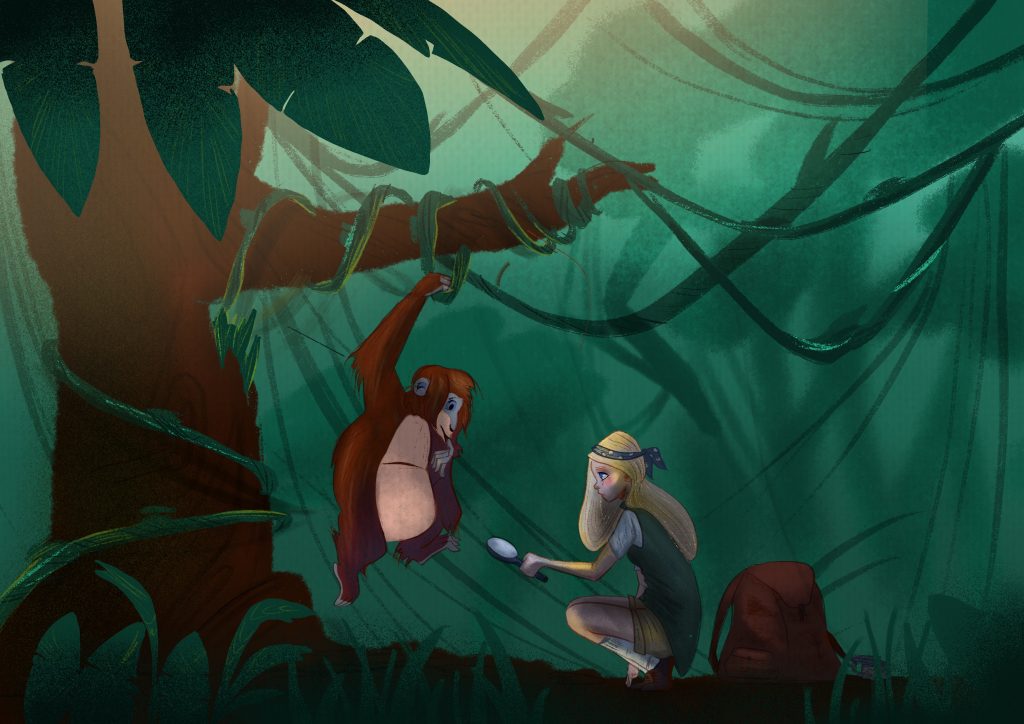We know a lot about animals, yet some are so incredible that they have managed to hide their existence from us for a long time, having understood that we are a dangerous and unbearable species. Caspar Henderson has written a wonderful book about this: The Book of the Barely Imagined Beings Fonte:Henderson, which brilliantly sums up the fact that we know a lot about animals, for example how they reproduce, where they live, how they hunt and so on, but that does not mean that we understand animality. Talking about animality (i.e. the point of view of animals) means going through the lens of zoosemiotics, which, among the many sciences dealing with the animal kingdom, is probably the least known.
Semiotics is in itself a complex field, to such an extent that even for the Sapiens specialized in this field it is difficult to understand what it really is. It can be said that semiotics studies signs (texts, images, actions, behaviors and much more) and the way they acquire a meaning. This process is called signification, alas semiotics is the science that studies the way in which things are given meaning. The union of this philosophical approach with study of the animal kingdom is called zoosemiotics. Zoosemiotics is described as: “a dialogue between ethology, linguistics and semiotics, which studies the ways in which animals communicate and relate”. Fonte:Gremais So if ethology deals with the behavior of animals and linguistics studies the language of living beings, then semiotics and its contribution in trying to understand what are the conceptual structures created during the processes of construction of something with a meaning.
Unfortunately, after an initial interest in a zoosemiotic perspective, semiotics focused exclusively on human language, relegating zoosemiotics to below the “semiotic threshold”. Fonte:Eco
SEMIOTIC THRESHOLD
The semiotic threshold establishes the limits of an interpretation, once an analysis field has been defined. Following Eco’s terminology, it is a matter of placing oneself at a molar level (phenomenological-experiential) against a molecular level (scientific-cosmological): once this threshold has been set, ” non-negotiable objective realities are drawn, and points from which the inferential activity start are set”. Fonte:Eco
During the past decades however, ethological studies have made enormous progress, demonstrating the sophistication of the communication codes of various species (especially primates, dolphins and ravens).
DOLPHINS
Speaking of dolphins, a group of researchers from the Italian National Research Council (CNR) has recently discovered that dolphins communicate using two different languages, one for “play” and another to “communicate” with the group. Dolphins communicate with their group using a particular “dialect”, which develops over the years and becomes a vehicle of recognition among specimens of the same community. “Dolphins – explains Massimo Azzali (CNR) – communicate using two languages or acoustic signals: sounds (frequency 20kHz), called vocalization signals, and ultrasounds (frequency between 20 and 200 kHz), called sonar or echolocation signals. The former reflects the dolphin’s “emotional” reaction to an external stimulus, while the latter is used for orientation, to understand where the predators are and signal it to the group.

The animal mind is different from ours and to study it requires a complete reset of our way of thinking.
When it comes to animality, it is necessary to use zoosemiotics to understand how the animal mind works. We are not talking about knowing what a bat eats and what its social behavior is, we are talking about investigating how its mind works and the language it uses to communicate that.
We are nothing more than bipolar monkeys, in the middle between the irascible chimpanzees and the lovable bonobo.
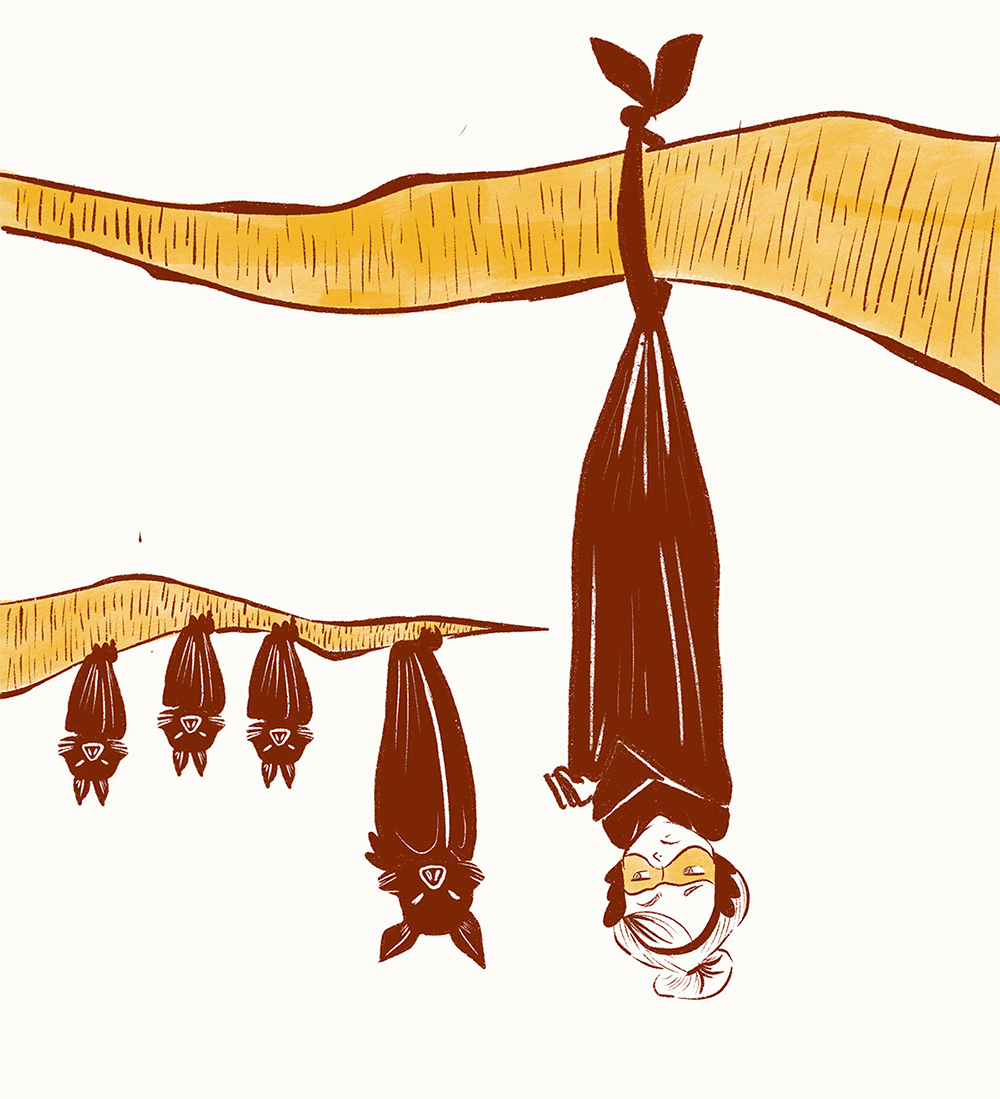
The animal mind is different from ours and to study it requires a complete reset of our way of thinking, and this is where philosophy and semiotics come into play, because both help to deconstruct our concepts of “man” and “animal”. Humans often simplify the world into animals on the one hand and men on the other. However, zoosemiotics teaches us that animality is a space “full of unimaginable diversity”. Fonte:Cimatti
It is precisely this diversity that makes the results hard to digest for us , because our thinking, which is quite lazy and hasty, wants a few simple categories, and the man-animal division is the easiest of all. Thomas Nagel in his book “What is it like to be a bat?” Fonte:Nagel tries to explain our inability to access other animal minds, because whatever we imagine, we will always imagine it from a human point of view.
HUMAN POINT OF VIEW
Experiences provide the subject for our imagination, and our experience is limited to our nature. Even if we try to imagine that we have a membrane on our arms that allows us to turn at sunset to catch insects, or that we have weak sight and we perceive our surroundings through a high frequency sound system, what we imagine is what a human would feel trying to act like a bat. But this is missing the point. What we want to know is what it feels like, from a bat’s perspective, to be a bat. Yet when we try to figure it out, we find ourselves caged in the resources of our mind, and these resources are just not up to the task.
The animal has always been thought of as the “not-human”. Consequently, the problem has always been posted from a man-centered perspective.
Philosophers like Jacques Derrida suggest to find “the animality within” Fonte:Cimatti, and maybe this is the right approach for humans, who in the end are nothing more than: “bipolar monkeys, in the middle between the irascible chimpanzees and the lovable bonobo”. Fonte:Waal
We love the separation between us and the rest of the living world. However, why shall we continue to assign such importance to humans? As the philosopher Felice Cimatti pointed out in an interview: “the distinction between “man” and “animal” collapses upon itself […]. Philosophy starts when we abandon such dichotomy”. Fonte:Paravat The philosophical problem of animality is not that of how to relate to animals, nor is it that of establishing whether the animal has a psychic life of any kind. The point is how to enter into a relationship with living organisms which are fundamentally different from human beings.
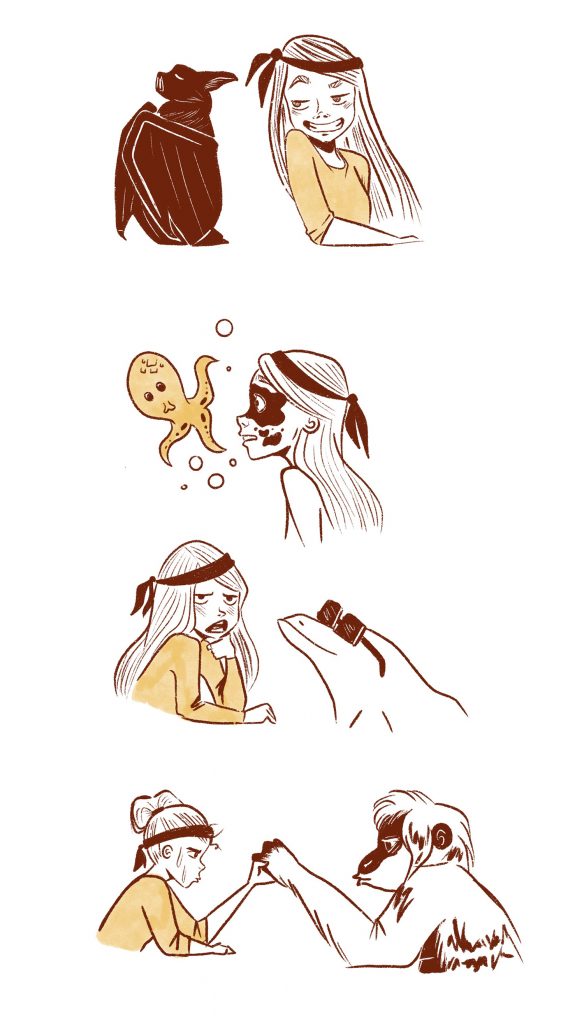
We human animals have assigned ourselves the task of deciding who feels and who does not, what is alive is what is not: this irredeemably distances us from a more open understanding of the concept of diversity. If such diversity is not taken into account, the philosophical problem of animality is not even touched upon. The animal has always been thought of as the “not-human”. Consequently, the problem has always been posted from a man-centered perspective: what is an animals’ level of humanity, and how similar are animals to us? Nevertheless, the focus of animality is not how similar we are to animals, but how different.
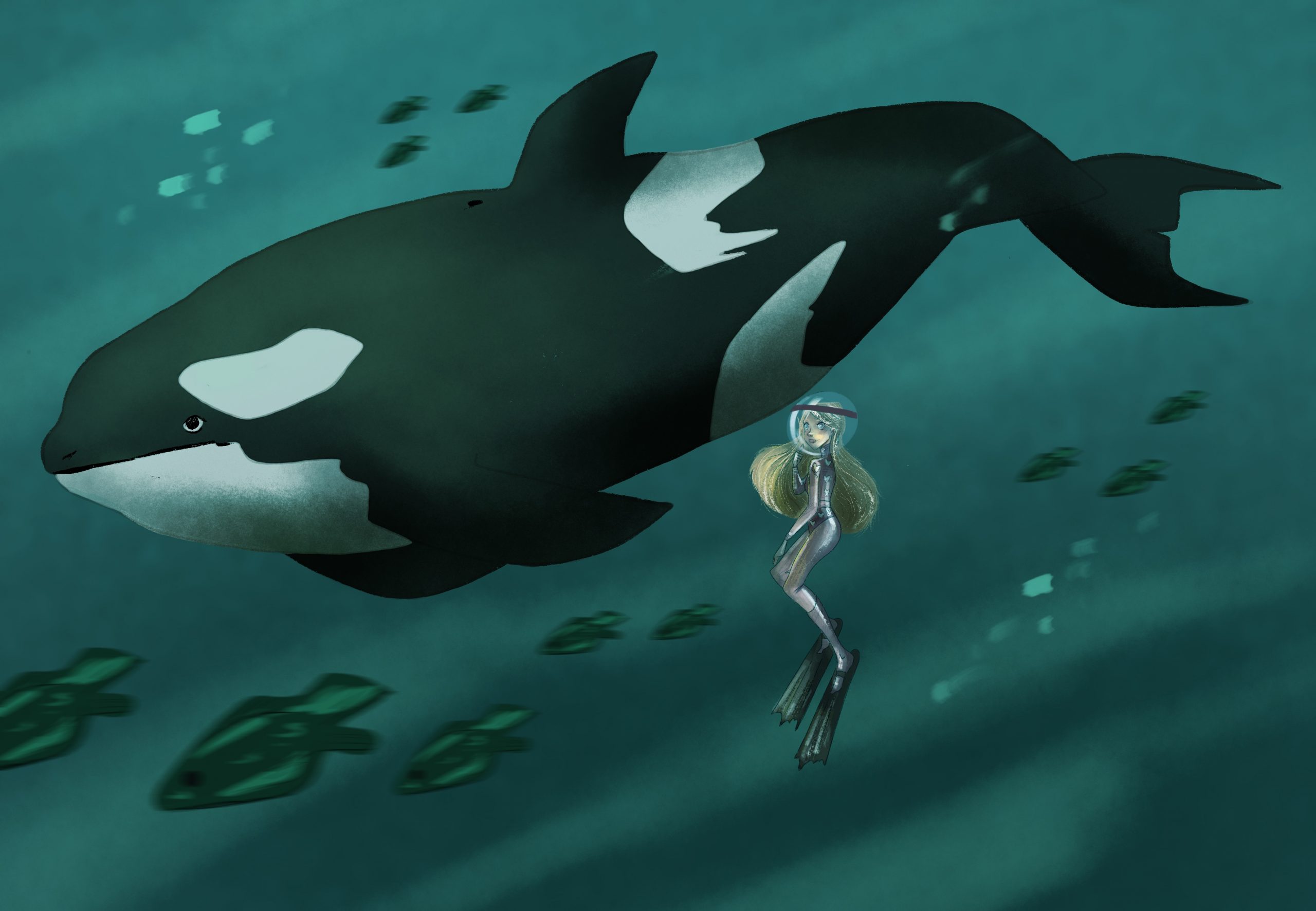
In order to deal philosophically with animals, it is important to shift the perspective and renounce our power as the outside judges. To better understand this point, let’s look at an example – let’s talk about primates.
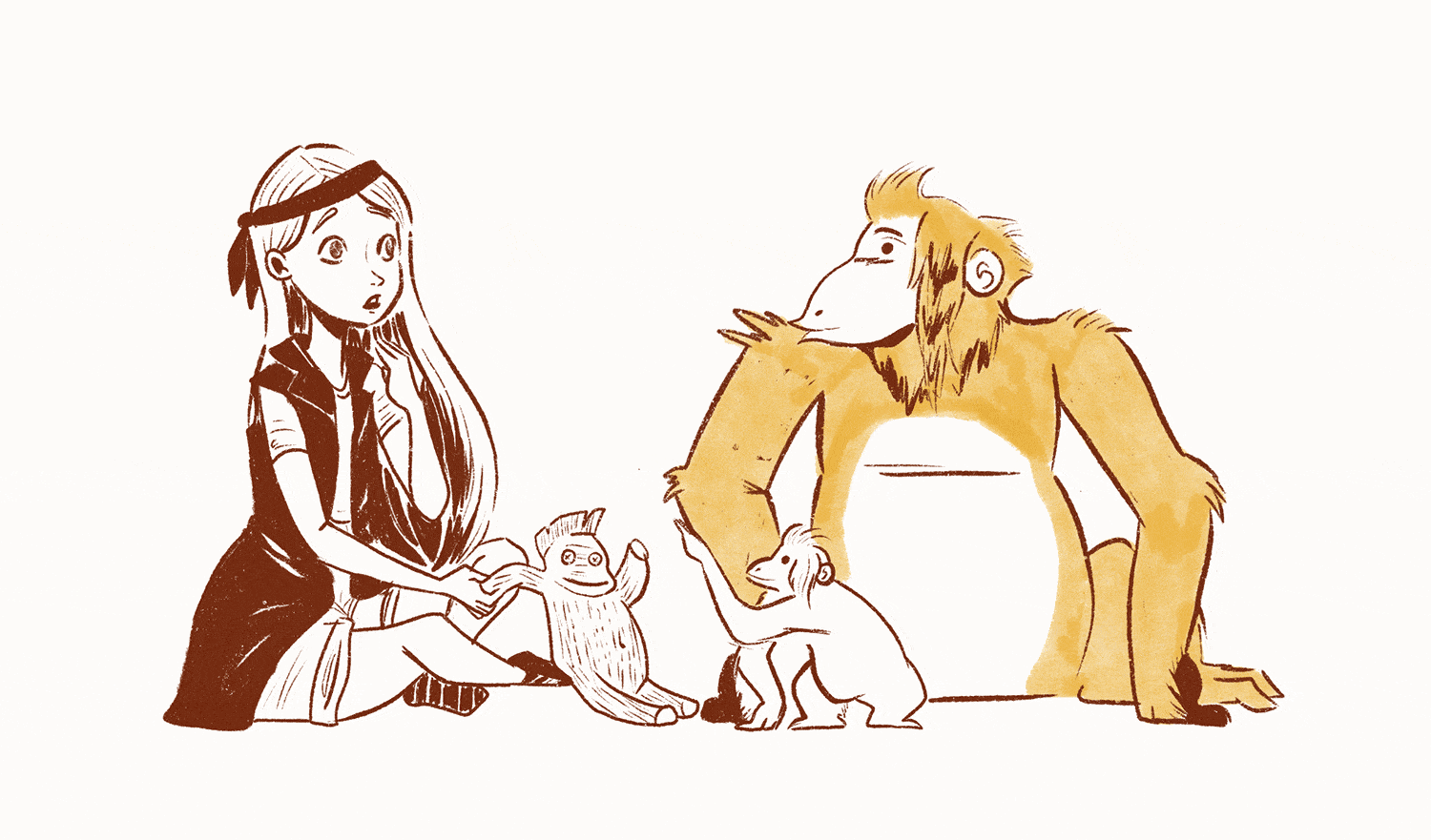
Darwin always maintained that the social structure of primate communities is governed by a dominant male with full power over the females of his colony. Based on this assumption, in the 1970s, English ethologist and anthropologist Jane Goodall decided to do something that would have revolutionized the world of primatology. Goodall, arguably now the most famous chimpanzee expert in the world, refused to study primates without first establishing some effective relationship with them. She decided to integrate herself into a group of chimpanzees and participate in their social life, family relationships, breeding of young children, etc.. She was harshly criticized by most scientists, because her presence in the primate group would change the behavior of the animals, invalidating the whole study. Yet, in doing so, she was able to understand something that Darwin, from his external point of view, did not grasp: that females have a fundamental role in the group, especially the mothers, which play a central role in the colony. Goodall, transgressing the protocols of science, managed to overturn the Darwinian (and Freudian) ideas that saw the male as the only dominant specimen of the entire group. By bringing herself into the picture, rather than sitting and judging from outside like a dispassionate scientist, she revolutionized primate studies.
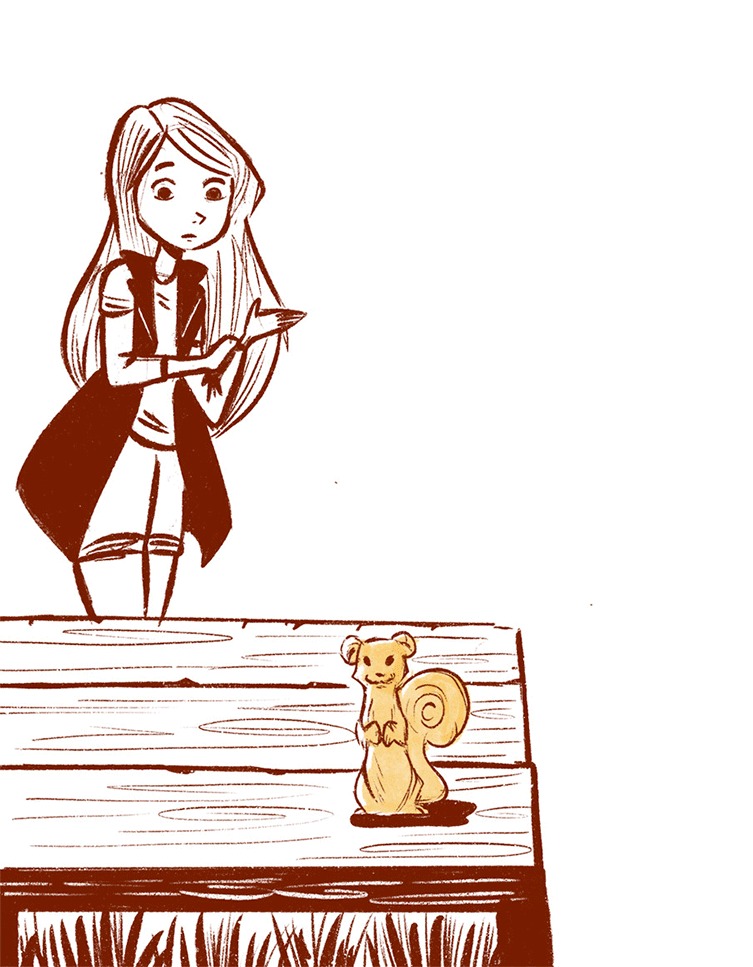
This is an extraordinary example of how in ethology, the relationship of knowledge and exploration is not between a subject and an object, but between two subjects, and therefore includes an intersubjective relationship, where each can change in relation to the other.
As the Belgian philosopher Vinciane Despret Fonte:Despret argued, we cannot afford to be external observers. In fact, quite the opposite. It is necessary to intervene when possible, putting into play passions as well as reasons, values as well as methodologies. Understanding ethology as a scientific discourse, rather than as a physical science, highlights how the definition of animal and its behavior are not so much the result of observation and neutral reflection, but of an ideological, political, ethical and, perhaps, aesthetic stance, dictated by our inability to “descend from the throne” on which we are self-erected.
Once we understand this mechanism, once the categories are destroyed, zoosemiotics becomes a wonderful way to explore the life around us.
Bees interact dancing.
THE BEES’ DANCE
The ethologist and Nobel Laureate Karl von Frisch called his discovery of the communication of this insect the “bee dance”. Fonte:Frisch Such “dance” is a sign function through which bees transmit the presence of food, its location, and its amount. This is done through the orientation of the flight, its direction and a series of coded movements. This is how a simple movement becomes a sign, and it’s a wonderful example of a signification process within animal behavior.
Octopuses communicate by changing color according to what they are dreaming about.
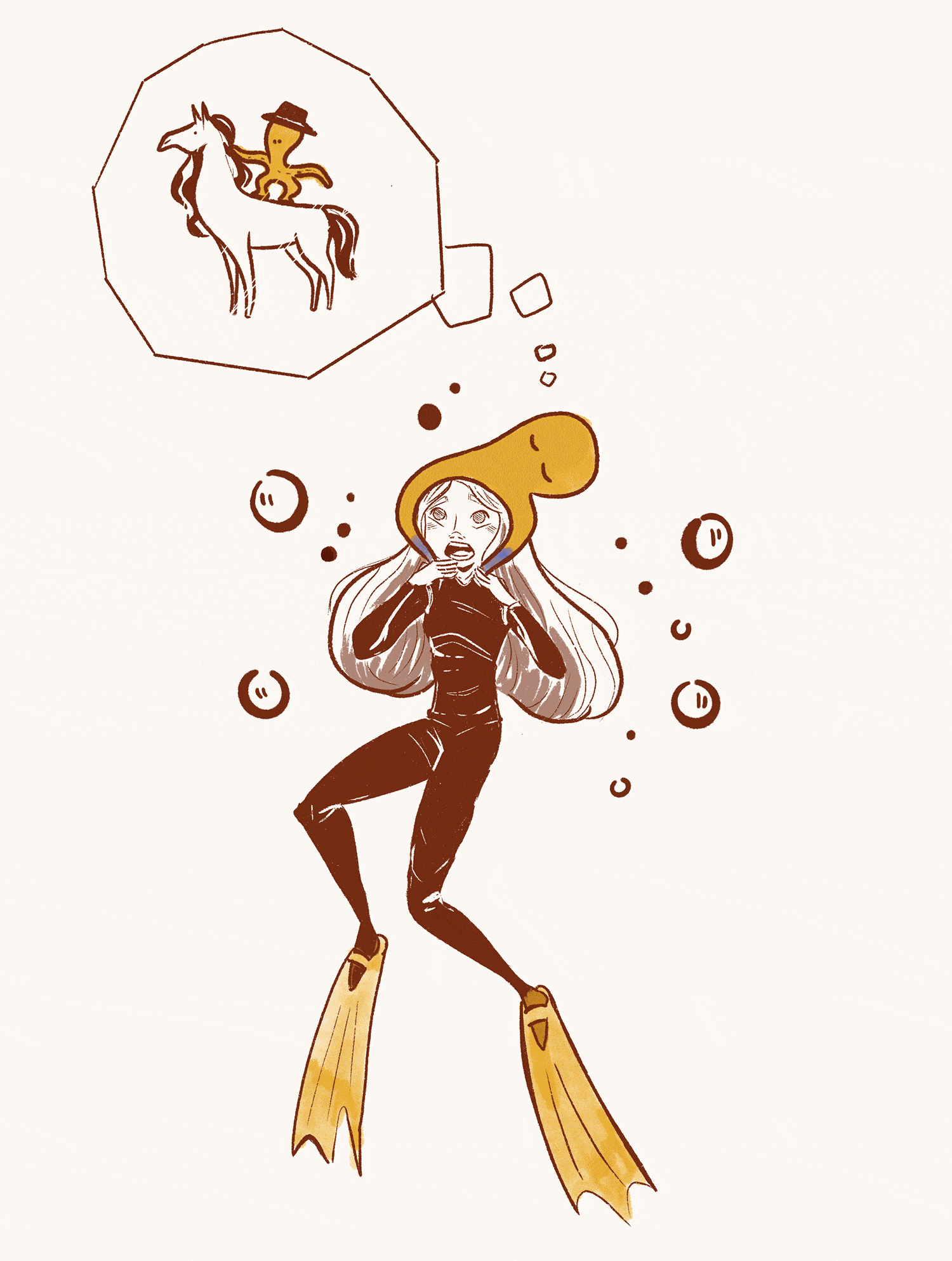
THE OCTOPUS’ DREAM
Marine biologist David Scheel discovered that octopus’ bodies change during their sleep. In the documentary entitled “Octopus: Making Contact” Fonte:Nature it is possible to see the changes in color of the octopus from white to yellow, from yellow to a very dark hue, and then from black to white again. According to the biologist, the variation in the coloring is due to the sleeping activity of the mollusk. Scheel believed that during sleep the animal was dreaming of hunting and that was the cause of the color change. Color changing is a normal phenomenon in octopuses, whose hunting techniques include camouflaging with the seafloor to avoid scaring-off the prey.
Observing these systems of signification implies accepting that they are not our projection, but have specific reference cultures and that cultural exchanges are reciprocal between species.
